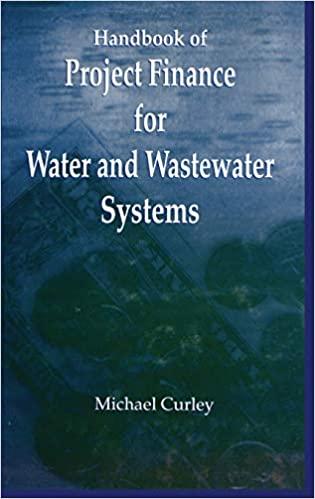Question
Problem 9-10 Cost of Equity The earnings, dividends, and common stock price of Shelby Inc. are expected to grow at 8% per year in the
Problem 9-10 Cost of Equity
The earnings, dividends, and common stock price of Shelby Inc. are expected to grow at 8% per year in the future. Shelby's common stock sells for $28.25 per share, its last dividend was $2.50, and the company will pay a dividend of $2.70 at the end of the current year.
Using the discounted cash flow approach, what is its cost of equity? Round your answer to two decimal places. %
If the firm's beta is 1.7, the risk-free rate is 4%, and the expected return on the market is 13%, then what would be the firm's cost of equity based on the CAPM approach? Round your answer to two decimal places. %
If the firm's bonds earn a return of 8%, and analysts estimate the market risk premium is 3 to 5 percent, then what would be your estimate of rs using the over-own-bond-yield-plus-judgmental-risk-premium approach? Round your answer to two decimal places. (Hint:Use the midpoint of the risk premium range). %
On the basis of the results of parts a through c, what would be your estimate of Shelby's cost of equity? Assume Shelby values each approach equally. Round your answer to two decimal places.
___________________________________________________________________________________________________________
Problem 9-11 Cost of Equity
Radon Homes's current EPS is $7.10. It was $3.81 5 years ago. The company pays out 40% of its earnings as dividends, and the stock sells for $35.
Calculate the historical growth rate in earnings. (Hint: This is a 5-year growth period.) Round your answer to two decimal places. %
Calculate the next expected dividend per share, D1 (Hint: D0 = 0.40($7.10) = $2.84). Assume that the past growth rate will continue. Round your answer to the nearest cent. $
What is Radon's cost of equity, rs? Round your answer to two decimal places. %
___________________________________________________________________________________________________________
Problem 9-14 The Cost of Equity and Flotation Costs
Suppose a company will issue new 25-year debt with a par value of $1,000 and a coupon rate of 8%, paid annually. The tax rate is 40%. If the flotation cost is 3% of the issue proceeds, then what is the after-tax cost of debt? Disregard the tax shield from the amortization of flotation costs. Round your answer to two decimal places. %
Step by Step Solution
There are 3 Steps involved in it
Step: 1

Get Instant Access to Expert-Tailored Solutions
See step-by-step solutions with expert insights and AI powered tools for academic success
Step: 2

Step: 3

Ace Your Homework with AI
Get the answers you need in no time with our AI-driven, step-by-step assistance
Get Started


